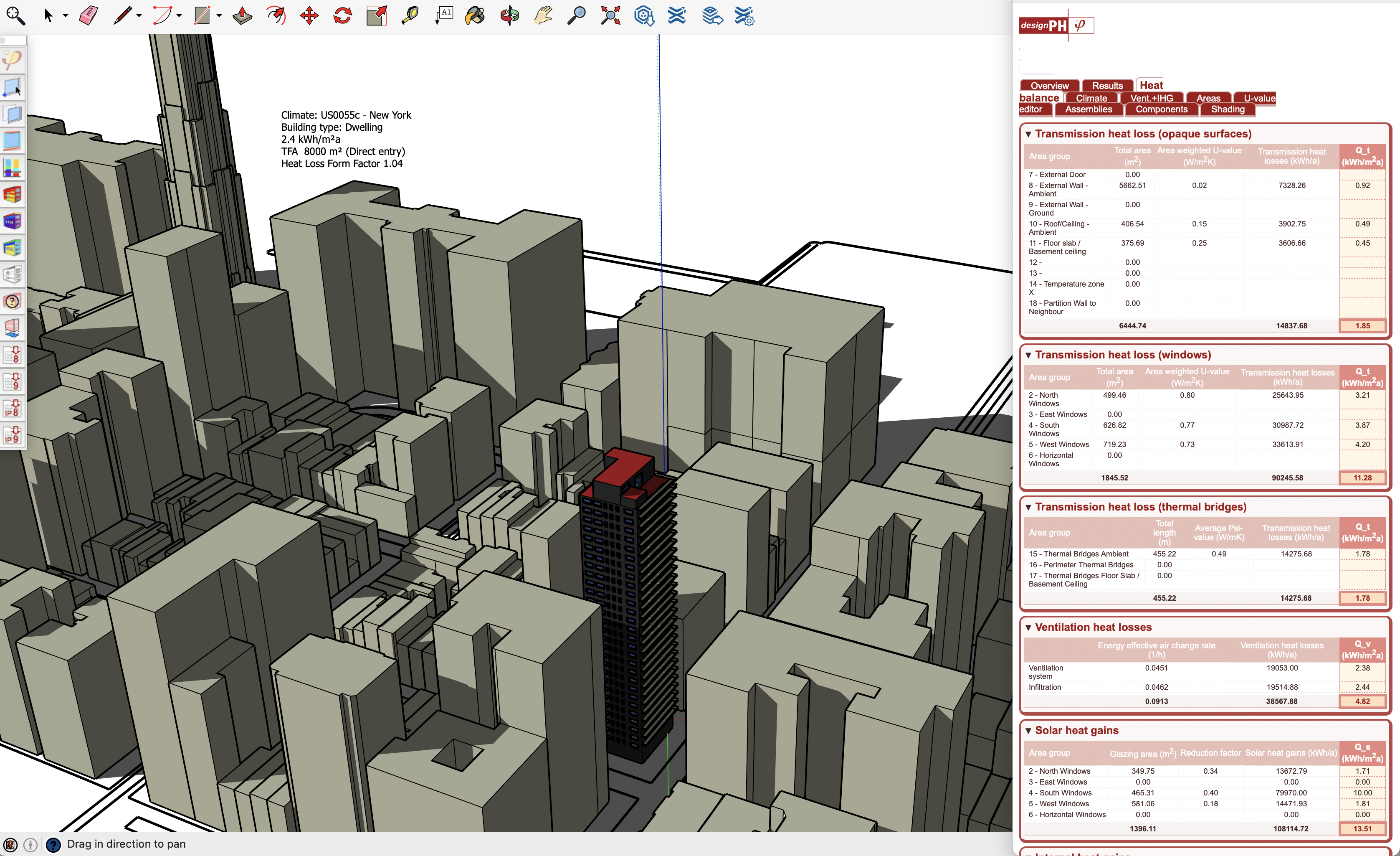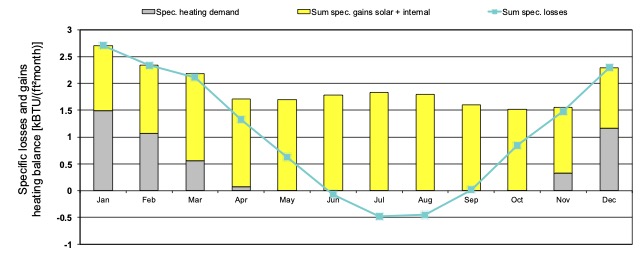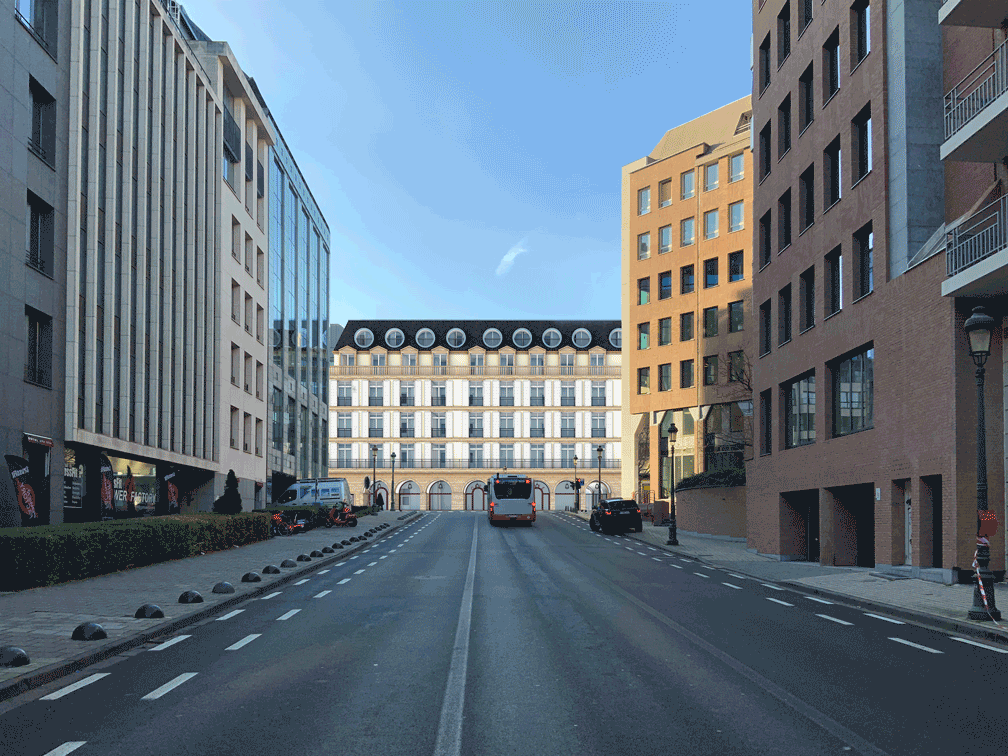Summary
The role of EE retrofit (Energy Efficient Retrofit) in the sustainable economy is critically important. With buildings representing 40% of GHG emissions overall and up to 70% + in NYC, there is a huge need for solutions.
This need is further exacerbated by the shortage of both affordable and market rate housing. A “deep” and hyper energy efficient passive house based system is a clear best case solution.
The challenge, therefore, is to find a financing, design and execution strategy that will enable continuous conversion of extreme inefficient stock into EE Retrofits while still maintaining profitability over the long term.
Although this task is given long odds by current popular opinion, there are forces at play that are rapidly changing the landscape and outlook.
In the near future, low cost climate controlled indoor living, along with clean, healthy air quality will be a necessity, as resilience and adaptation rise in importance for survival.
We believe real estate asset valuations for Yeti retrofit assets will follow in kind.
"Since there is no EE Retrofit scalable standard we must invent one at the highest level of performance and feasibility"
Search & Screening Stages
Stage 1
Developing a broad target list, casting the widest possible net, maximum options will be gathered.
While, at minimum, a list of potential targets will be produced – a second layer of information will add deeper criteria, such as unique, pivotal characteristics that increase the potential value of a specific target.
Examples of this include condition of the current installed mechanical systems (bad=good), a location or building type that can increase offsetting subsidy funding opportunities (zoning, affordable tenant mix, violation status for LL 11 or 97, etc), or location matched with condition showing increased potential for higher valuation or appreciation.
We will explore potential to expand criteria for
- Building typology & size
- Building use & occupancy
- Ownership structure
- Efficiency upgrade potential
- Construction typology
- Urban context
- Zoning requirements
- Existing operational and embodied CO2e
- Recently constructed 10-15 year old 421A Buildings
- Geographical area (NYC only Boston? NJ? CT? )
- Time horizon (gather data on buildings not yet listed for sale such as future LL97 violators?)
- Use funding strategy filters: check Dept. of Building public list for FISP / LL11 violators
- Public & Nonprofit Partner assistance potential
Expanded Search Enhanced Categories Architechtural and Funding Criteria
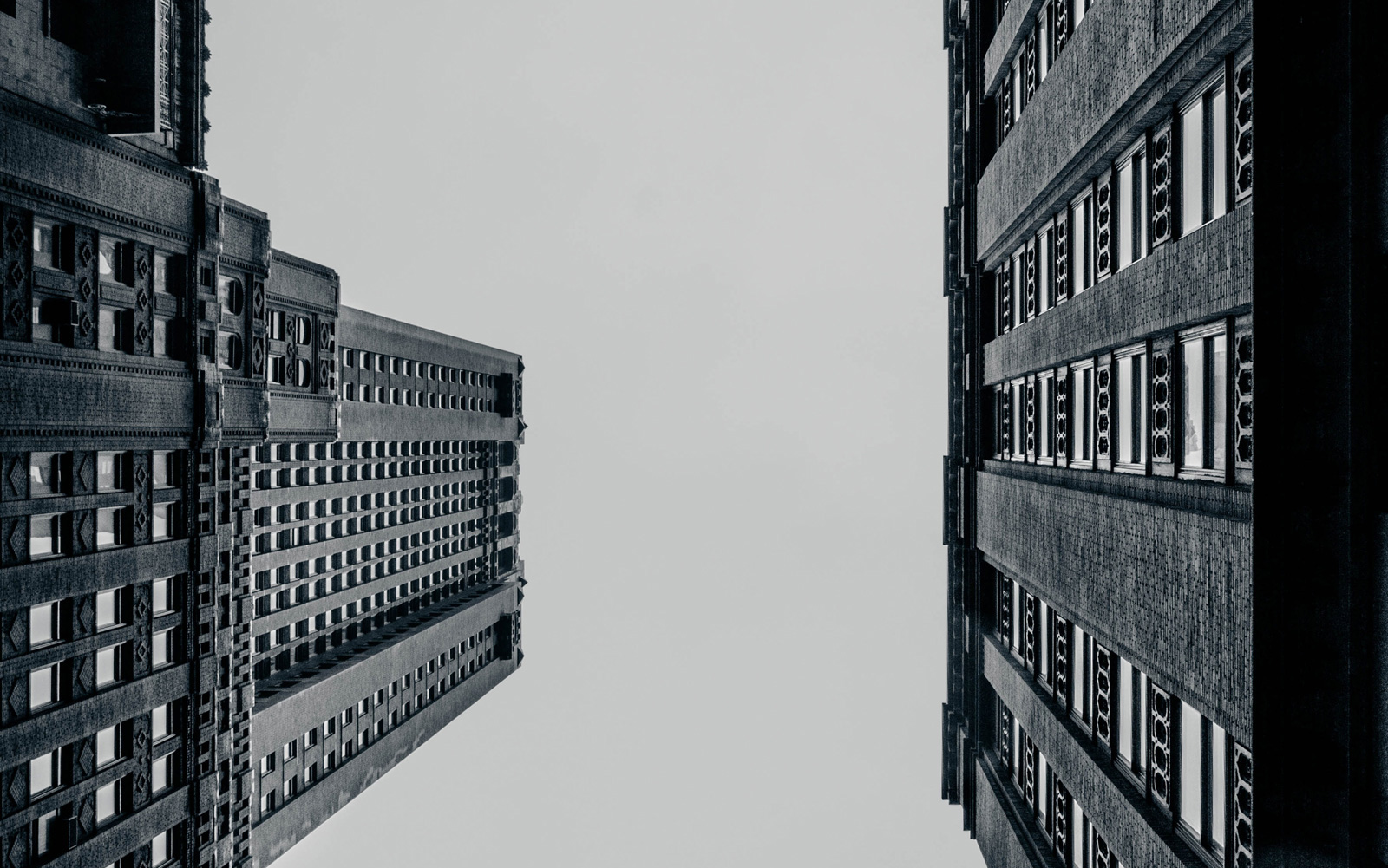
Seeking additional strategic ideas for increasing the mix of positive “adjustments” will also be part of the early stage process.
Examples already known are as above, generally including negotiated price potential based on near-end-of-life components, facade damage or age, availability of specific incentives, etc. Added to this list will be as-of-yet unknown methods and positive factors to be discovered during stage 1 information gathering.
A database will be compiled for all leads, focused on targets with the potential to reach stage 2.
Public resource examples:
Stage 2
Candidates from stage 1 can be upgraded at any time to stage 2 status. When a target asset reaches stage 2, an initial report will be made, listing the various potential attributes gathered in stage 1 which qualify it for further scrutiny.
This report will be provided and any further investigation can be agreed on – possible site visit or gathering of blueprints or building specs, photos etc, will be used to start the process of consideration for stage 3.
Consensus will be built for Stage 3 nomination through the creation of a report, using EE projections and an informal outline for a full feature project YR retrofit package plus input on the RE side as available.
The goal of this pre-diligence will be to qualify the target building for stage 3A at which time formal reports, case studies and overall diligence can begin.
Initial Asset Report Deeper Data Search Attribute Verification 3A Qualification Confirmation

Since all target assets that reach this stage will be nominated based on special circumstances that have been pre-visualized, the ascent to 3A will depend on those original projections being confirmed and further specified using any additional data discovered in the added scrutiny phase.
A category designation for the target should be assigned at this time – priority will be given to GSHR and HR buildings.
Stage 3A
Any property that emerges from stage 2 will have multiple favorable factors that support a retrofit plan. These factors would be confirmed and measured, through a feasibility study, a formal energy modeling assessment or even a complete case study as deemed necessary.
Reports Comissioned Initial Diligence Starts Yeti Plan & ULS Development

Ballpark estimates of costs for the total retrofit package as well as GHG mitigation and efficiency gains will be calculated at this stage
By using a formula created by taking all favorable factors, such as those that reduce the purchase price, including LL 11 repairs, end of life heating system status and others, along with and grants or other positive external funding or benefit (tax reductions, FAR exemptions, etc) a “real” cost profile can be calculated.
This then, can be compared against anticipated GHG performance and utility cost reductions over time, plus any other important success metrics. When the sum of all the factors above are favorable this can trigger a “green light” to move on to the next stage.
Stage 3B
As the purchase proceeds the retrofit formal planning stage can begin. The designs and planning stage can either begin immediately, unless dependent on factors and information that are still outstanding.
Consortium members for MEP and Energy Technology will be activated and the process for a full implementation can commence while a building is changing ownership.
With stages 1-3A complete a showcase GSHR can begin to manifest, first in virtual form, followed by physical, spectacular reality.
Design and Planning Ownership Transfer ULS Consortium Activation: Go Time

Stage 3A Reports and Diligence
Rather than a low ROI data gathering exercise in earlier search stages, focusing this activity into stage 3A have many benefits. The familiarity of the asset will be established, and during the early diligence phase this can be augmented with formal studies.
Energy modeling using this method can be a cornerstone in retrofit planning and value calculation.
Additionally, during this stage 3rd party entities can be engaged, on an “as needed” basis, supplementing in-house production.
Using Drones to Conduct Façade Inspections
PDF
Energy audits

Examples of data reports that may be accessed in stage 3A:
- Energy Audits
- Feasibility Studies
- Compliance Assessments
- Solar PV Feasibility
- Battery Storage Feasibility
- Benchmarking,
- Analysis & Monitoring
One method that could be particularly efficient is to gather geometric data using a drone survey, which can be used to create a 3D computer model of each target asset. The model (similar to the one seen in the example below) can then be routed into various software platforms for energy modeling, and initial planning for the Yeti retrofit.
Foundation Concept Matrix
— Database Development
— Cast widest possible net
— Build System and Best Practices
— Create System and Methodology Handbook
— Begin Building Yeti ULS Consortium
— Establish Communication and Collaboration Protocols
— Begin 10 Year Business Model Development
— Training and Education of Principals
Catalytic Expansion Matrix
— Reverse-Engineer Goal Attributes
— Pre-screen for outlier funding
— Develop alternative concepts and target options
— Expand & Initiate New Positive Funding Criteria
— Research laws and 5% FAR
— Develop ULS and New Tech Partners
— Meet and Engage with Expanded Network for Public & Private Support
— Monitor CC Science and World Events for Valuation and Insurance Impacts
Asset Target Categories
Category GSHR (grand slam home run)
Category HR (home run).
Category T (triple)
visualizing solutions
Reverse Engineered
for best case outcomes
By seeing the outcome then finding a way the possible expands with each new solution
/ GSHR
Instead of a fragmented search for a partial win, a search for layered solutions can produce results beyond expectation.
By expanding search categories, funding solutions and other outside the box catalysts, the full Yeti can be achieved
/ HR
Although the top compromise free retrofit candidate is the #1 goal, target assets that fall short may also be viable.
An example of this might be a fully upgradable building that can be funded via grants, positive price factors (such as LL. 11) and yet does not have the location for the ultimate package.
/ triple
When existing systems have significant operational lifespan remaining, while the asset is a strong buy in other respects, a delayed approach can be taken - with structural upgrades reducing energy use and cost, to be improved with new mechanicals at a later date.
Creative Finance
A financially sustainable mission where alternative supplemental funding is key and job 1. There is a perfect storm brewing – one where public funding, accelerated by the nearly $2 trillion IRA bill, set to peak in 2024, is colliding with rising public furor due to extreme climate events.
Municipal, State, Federal, and Utility Co incentives & grants will be actively cultivated and matched to the potential target pool.
High level principal actors from all relevant orgs will be engaged for collaboration, support and insight.
Potential for custom deals or future alterations to existing program parameters will also be explored and proactively encouraged.
Our existing network will be brought to bear as we make an intensive push to expand: EE Retrofit is a strong and rapidly expanding category for many public funding avenues.
NYC announces LL97 as Andreas backs up Mayor
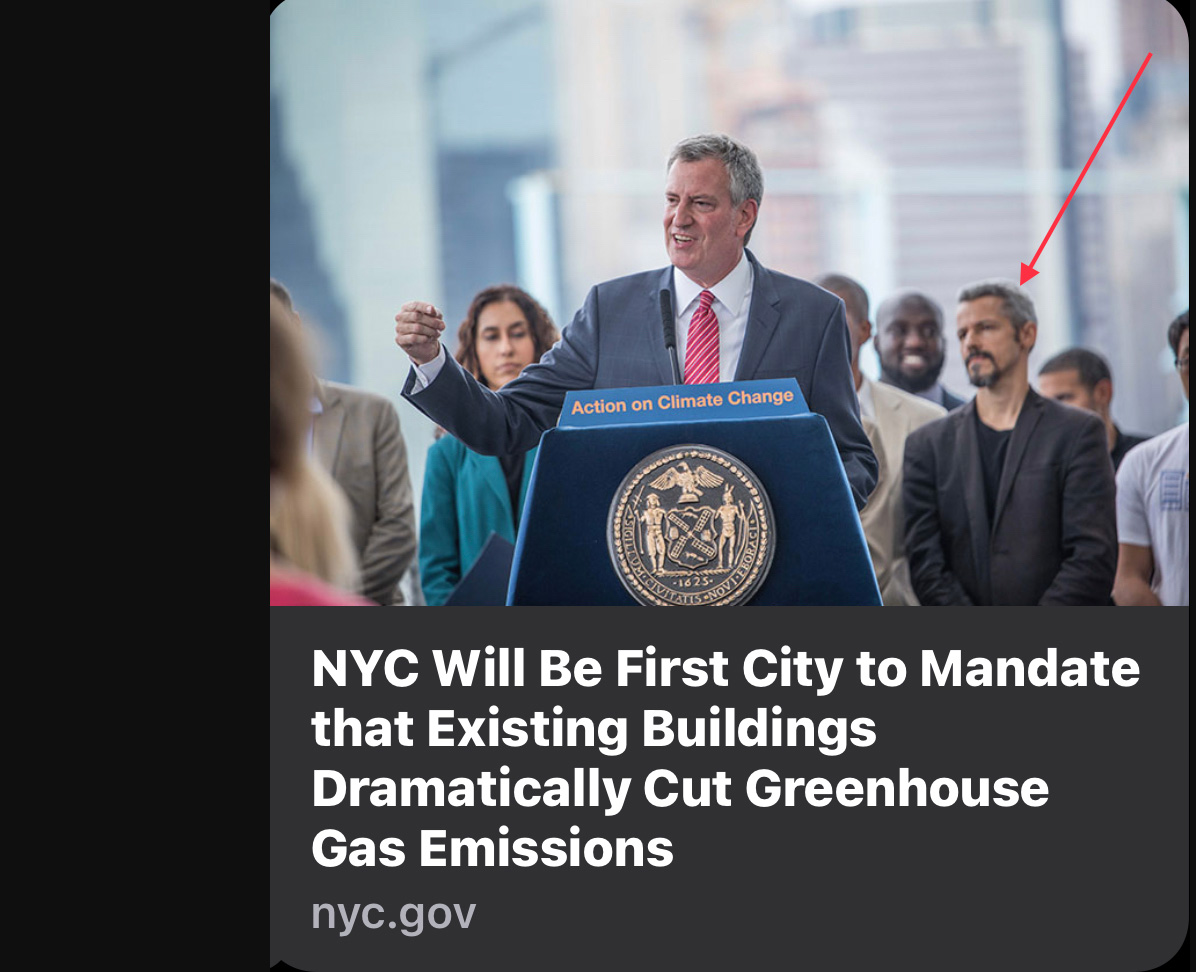
Proactively building this knowledge and network pool immediately during Stage 1 will pay dividends in Stages 3A & B when grants, subsidies, and incentives will be activated.
Adjustments & Pricing Power
Once goals are clear and a GSHR level Yeti retrofit is the ultimate aim, the additional costs can be partially or even fully offset by various conceptual tools as they emerge.
This can be a simple pricing offset based on LL11 façade damage, or similar discounts enabled by near worthless heating systems.
An even more powerful tool, soon to be activated once the “City of Yes” carbon neutrality amendment is passed.
This initiative will “reward” a 5% FAR exemption to future buildings that fall under Local 157 mandates if those future buildings also meet ultra-low-energy standards, like Passive House standards.
A 5% FAR can be used, for example, to add an ultra valuable “penthouse” floor to a high performance building - essentially financing the retrofit plus construction with the increased NOI.

These are just a few examples of how the predetermined goal of a PH level hyper-efficient retrofit can “pay for itself” before the energy cost savings and asset appreciation are factored in. Property tax incentives and numerous other grants and subsidies are also potentially applicable, and more are on the way.
Accelerated Change
Valuation & Appreciation
Another potentially important factor is the shifting value of residential real estate based on qualities not traditionally measured or understood. The world is at the early stages of a transition from “100 year extreme weather events” to permanent heating and outlier extremes.
NYC Smoke Alarm Ignites A Paradigm Shift In Housing
read more
Fortunately, one of the most powerful solutions for reducing GHG emissions in the built-world, EE retrofit, has even more powerful adjacent benefits: low or no cost temperature and indoor climate control, clean, healthy filtered air and ventilation, plus possible on-site power production and storage.
These features, in the very near future, will not be considered luxury add-ons but be understood on a visceral level as necessary for increased resilience, adaptation and even survival.
To appreciate the significance of this, simply imagine a block of multi-family buildings, then compare the negative repercussions in any building that is inefficient, costly to heat or cool, and unhealthy to live and breathe in during impure air events and compare that to the building with nearly cost free temperature stability and high quality healthy indoor air.
Try to compare the costs once utility prices skyrocket (as they already have in Germany) or when the grid becomes unreliable (like we’ve seen during heat waves in Texas and elsewhere). Insurance rates? LL 97 penalties? Casualties due to wildfire smoke inhalation? None of this bodes well for the valuations of the buildings that did not receive a Yeti level retrofit.
Above: High temperatures and smoke, June 29, 2023
On the flip side - the deeper and more comprehensive an upgrade the building has received, plus the more extensive the special added technology like solar PV production, battery storage, and other technology like VPP systems, grid interactive and grid optional operation modes, and more, the higher the value of those buildings will climb, when measured against a typical neighbor.
Value re-calculation examples
Permanent wildfire smoke: Building with vs. without filtration and healthy air
Extreme heat and cold: Buildings that are inexpensive to heat and cool vs. buildings that either can’t be kept at a constant temperature, or are too expensive to heat and cool
Frequent and extended power outages: “Grid optional” hyper efficient buildings will be highly valued in an environment where grid failures and power outages are increasingly more frequent.EE Retrofits can do more: Elevate a City and create a future landmark
By using a retrofit to do more than technical and mechanical work, the building and its facade can elevate the street, neighborhood and even the city to instant landmark status. A large investment with much larger returns.
 After
After
 Before
Before
Image @ 2023 Kollhoff, Benzing & Pols
Hamburg Radical Upgrade
Another example of before and after, this time the before condition which is nearly uninhabitable, brought down the value of the neighboring buildings. The value of both the renovated building, and the neighboring ones, were subsequently raised, substantially, by the extensive make-over.
Looking closely, an added top floor (penthouse level) can be seen in the "after" photo, something that the pending 5% FAR PH amendment could make a common option in NYC.
Integrative design considerations
Therefore, knowledge of emerging providers and a provider infrastructure database will be created and used to build consortiums and execute integrative design plans.
In each subcategory of provider we will use inside information and relationships, where appropriate, to deepen our effectiveness.
This method will be repeated, with multiple optional partners for each area, across all collaborator categories as we build an ongoing consortium and team of the best independent contractors.
General Planning
ULS (Ultimate Living System) Consortium
The task of planning all aspects of a retrofit - no mater what technology is involved, should be centrally managed. The depth of the knowledge required, and the vast and rapidly changing technology landscape, makes a consortium approach the most efficient and effective.
ULS is an integrative design, general planning, consortium approach to overcome the pitfalls of a fragmented, chaotic and entrenched status quo.
“The idea that architecture belongs in one place and technology in another is comparatively new in history, and its effect on architecture, which should be the most complete of the arts of mankind, has been crippling.
— Reyner Banham In “The Architecture of the Well-tempered
Environment” (1969)
ULS Consortium Matrix
— Air and ground source (geothermal) heat pumps
— solar PV micro-grids
— battery back up systems
— Virtual power plant systems
— Swell Energy
— Bloc Power
— Dandelion Geothermal
— Bright Core Geothermal
Publicity & Project Power
While an EE retrofit project may seem an unlikely candidate to benefit from publicity, during a time of great change and upheaval the most powerful force will be public support and interest.
From the time that the first GSHR Yeti retrofit is in the planning stages, after a building is acquired, the press, the public sector and, ultimately, the public will be encouraged join in the process and view the progress – ideally building towards a string of successful, showcase “triple-wins”.
Outside the Box & Public Engagement
Amazing outcomes are possible when the public imagination is enflamed. Many of the greatest positive steps forward in the sustainable energy transition have come about due to a product or technological innovation having captured the contemporary zeitgeist.
High-Performance Retrofits: A Sensual Solution To Satisfy Your Limbic System
read more
While commercial office buildings languish and spiral downward in a "doom loop", the opportunity for office to residential conversions - coupled with EE retrofits, is an idea that is building momentum.
The beauty of a necessary overhaul of MEP and internal structures opens the door for a cost effective efficiency upgrade, partially financed by the necessary conversion construction needed to bring it up to residential code. A GSHR retrofit plus conversion could be a top performing category in the years to come.
Office Adaptive Reuse Study
PDF
The Looming Conversion Retrofit Landscape
“We are in the early phases of this doom loop,” Van Nieuwerburgh said, noting his calculations suggest that property values have further to fall. The professor pointed to data indicating that office usage, lease revenues, and the number of new leases being signed remain well below pre-pandemic levels. Vacancy rates have also surged to their highest level in about four decades, he noted. “We haven’t seen a crash like this since at least the early 1980s,” he said, adding that lower-quality offices could drop in value by as much as 45% over time, and the overall office sector is set to suffer a $500 billion decline in value. Washington, D.C., last year approved a 20-year tax abatement for eligible commercial projects that convert to housing. New York City wants 20,000 new office-to-apartment conversions over the next decade, according to the mayor’s office. “
– Stijn Van Nieuwerburgh, real estate and finance professor at Columbia Business School



